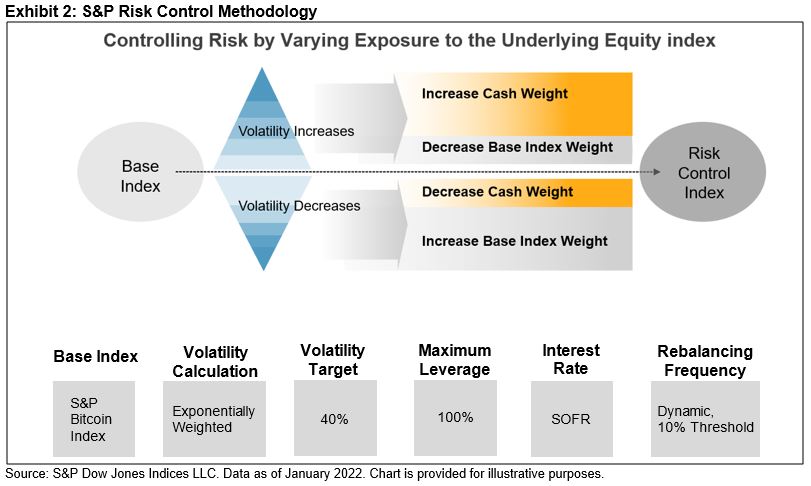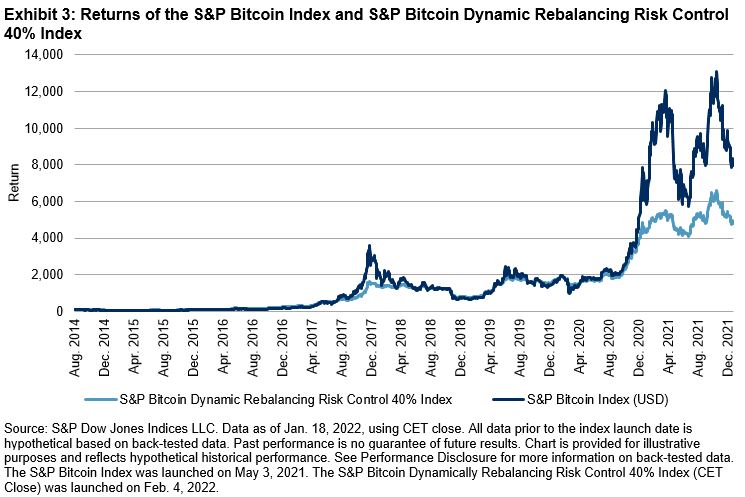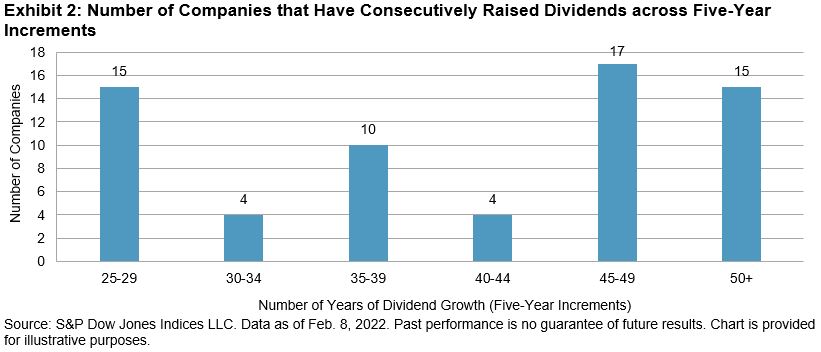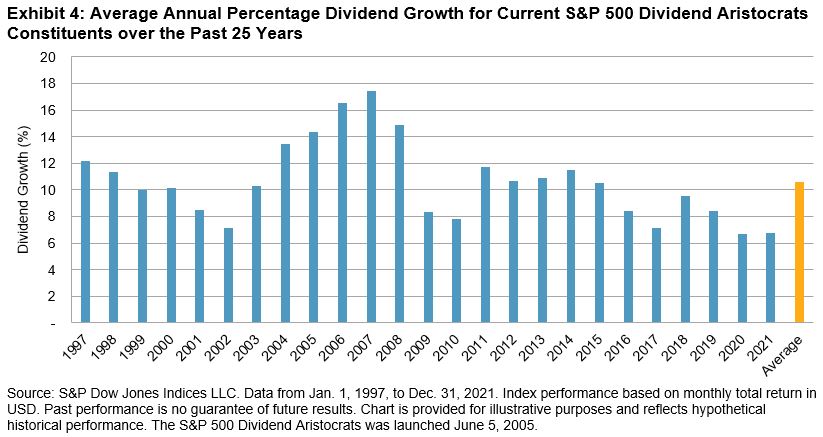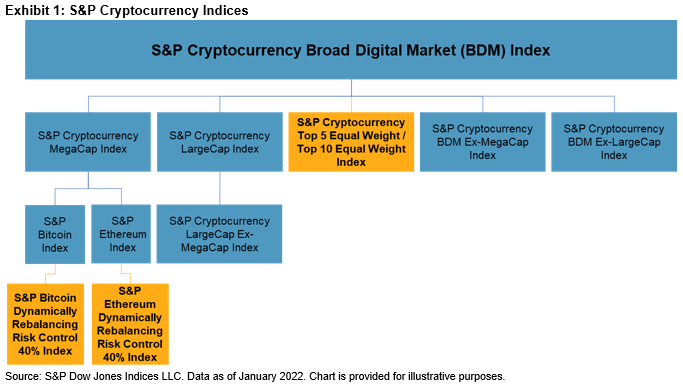Commodities crushed it in 2021, with stretched supply chains a driving factor. The strong performance didn’t stop as we entered 2022. In this blog, we specifically look at crude oil and natural gas, which have outperformed the European equity market by some distance since the start of 2021 (see Exhibit 1), and what this can mean for European ESG strategies.

Given the environmentally unfriendly nature of these fossil fuel-based energy sources, it would make sense for an ESG strategy to have less exposure to energy companies. This expectation would assume an active sensitivity to both crude oil and natural gas, causing a drag on performance during times of rising oil and gas prices. Is this assumption true? Not necessarily. Since the index’s first value date, we observe no statistically significant correlation1 between the excess return of the S&P Europe 350 ESG Index (excess of its market cap-weighted benchmark) and either natural gas or crude oil (see Exhibit 2). Simply put, there has been no significant increase or decrease in exposure to natural gas or crude oil shown by the S&P Europe 350 ESG Index, relative to its market cap-weighted benchmark.

Why the lack of increased sensitivity? It’s all about index construction (see Exhibit 3). The S&P Europe 350 ESG Index targets sector neutrality (see Exhibit 4) by removing the companies with the lowest S&P DJI ESG Scores per GICS® industry group, after making exclusions based on undesirable ESG exposures. This means we are making exclusions on a relative basis within each industry group, rather than removing entire industry groups.


The end result? By employing S&P DJI ESG Scores and the most common ESG exclusions, the S&P Europe 350 ESG Index may fulfil the most important requirements for market participants seeking a broad, large-cap European ESG benchmark. By incorporating sustainability principles, the index could help align investments with principles while providing benchmark-like risk/return characteristics, while providing access to the broader, liquid European market. This culminates in the possibility of the S&P Europe 350 ESG Index serving as a common starting point for the growing market focused on sustainability.2
For a more in-depth look at this index, see The S&P Europe 350 ESG Index: Defining Europe’s Sustainable Core.
1 As measured by the p-values of the Pearson rank correlation.
2 The S&P Europe 350® ESG Index: A Broad, Sustainable Index Solution (Steadman, 2022). https://www.spglobal.com/spdji/en/documents/education/education-sp-europe-350-esg-index-a-broad-sustainable-index-solution.pdf
The posts on this blog are opinions, not advice. Please read our Disclaimers.








